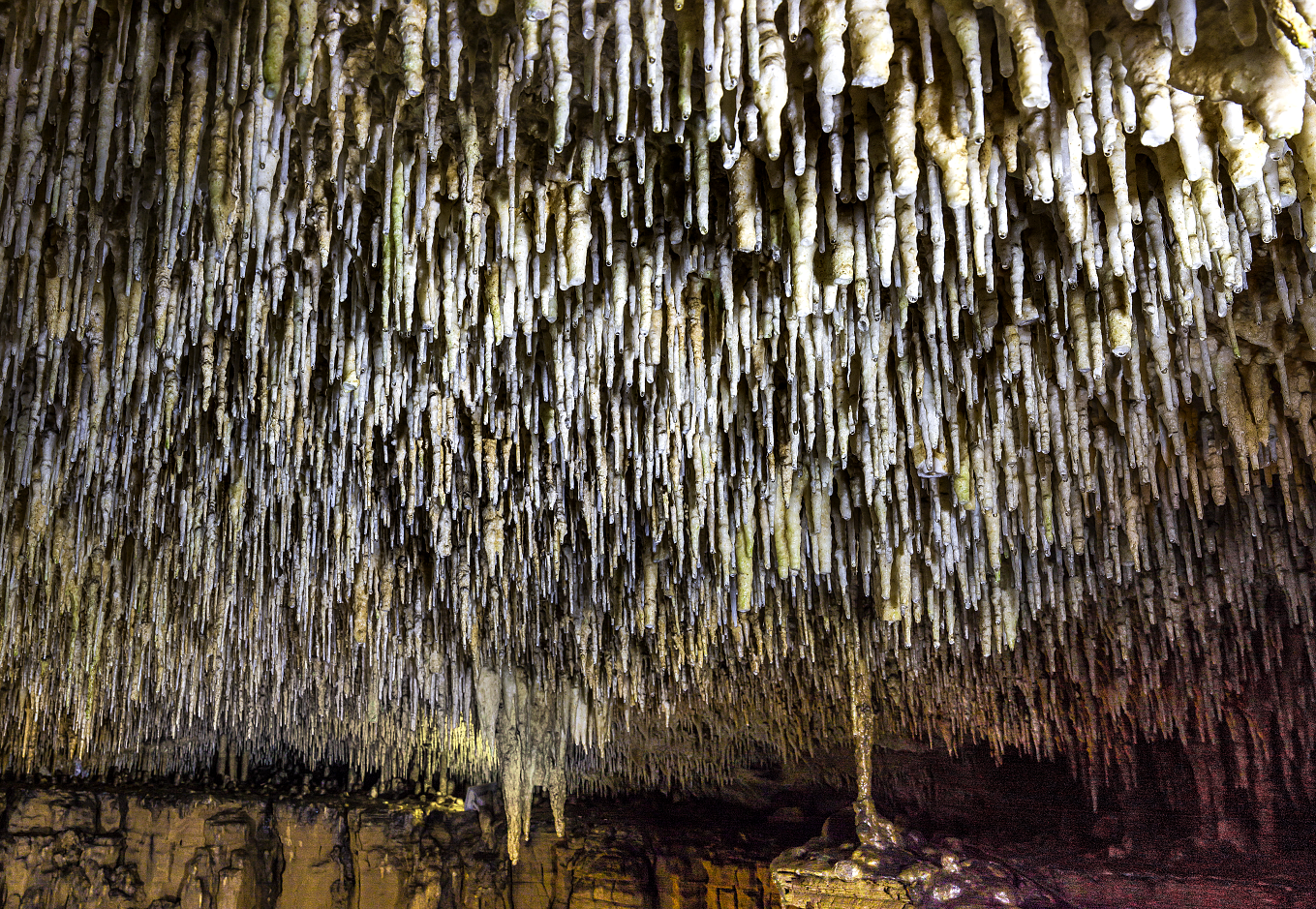Guangwushan-Nuoshuihe UNESCO Global Geopark is located in Bazhong, Sichuan Province of southwest China. This region has a subtropical monsoon climate. The Geopark’s topography consists of moderate to deep cut mountains with higher altitudes in the north and lower altitudes in the south. Guangwushan, the main peak of Micang Mountain, with a height of 2,507 meters, is the highest point of the Geopark.
The region is located at the junction area of the southern central Orogenic Belt (the Qinling) and Yangtze Block. The natural landscape of the area reveals a sedimentary sequence of the northern Yangtze tectonic plate, karst landforms, waterfalls and ponds as well as tectonic landforms. It is an important place for analysing the geological evolution of the peripheral basins of the Tethys, Central Orogenic Belt, Daba Mountains Orogenic Belt and Sichuan Basin, and the Yangtze Block. The area is of great scientific importance about research on continental dynamics, processes of mountain building and the structural relationship between the northern Yangtze tectonic plate and the orogenic belts of the Longmen and Daba mountain ranges. It marks the transition zone between southern and northern karst landforms with karst formation both on and below the surface. Important paleontological fossils were found in this region such as Shuotheriumdongi, one of the oldest mammal fossils, which was discovered in 1982 at Ganchang Town, and later named by academician Zhou Mingzhen of the Chinese Academy of Sciences.
Guangwushan-Nuoshuihe UNESCO Global Geopark is one of the largest protection zones worldwide for Fagus pashanica, a living plant fossil from the glacial period. The area is also known as the hometown of red leaves in China.




 简体中文
简体中文
